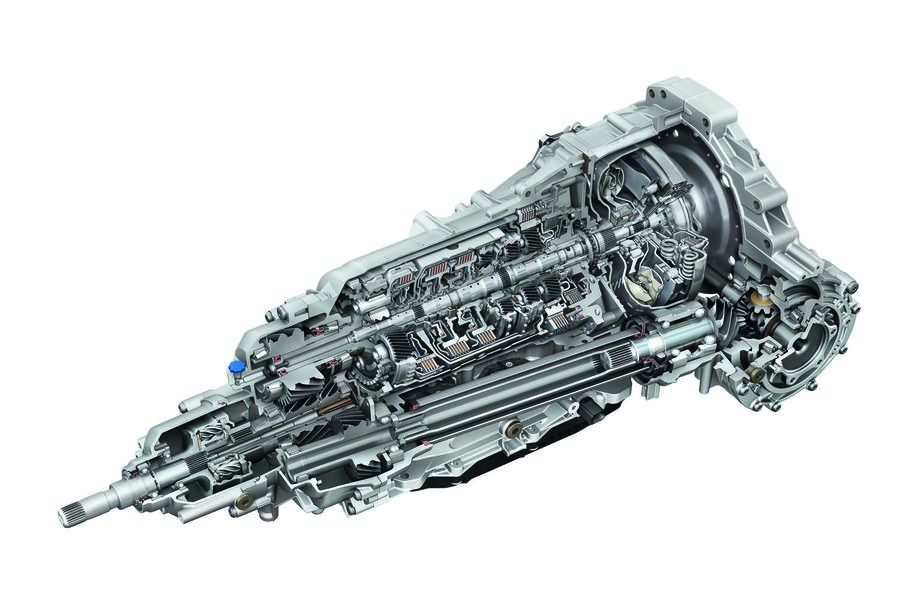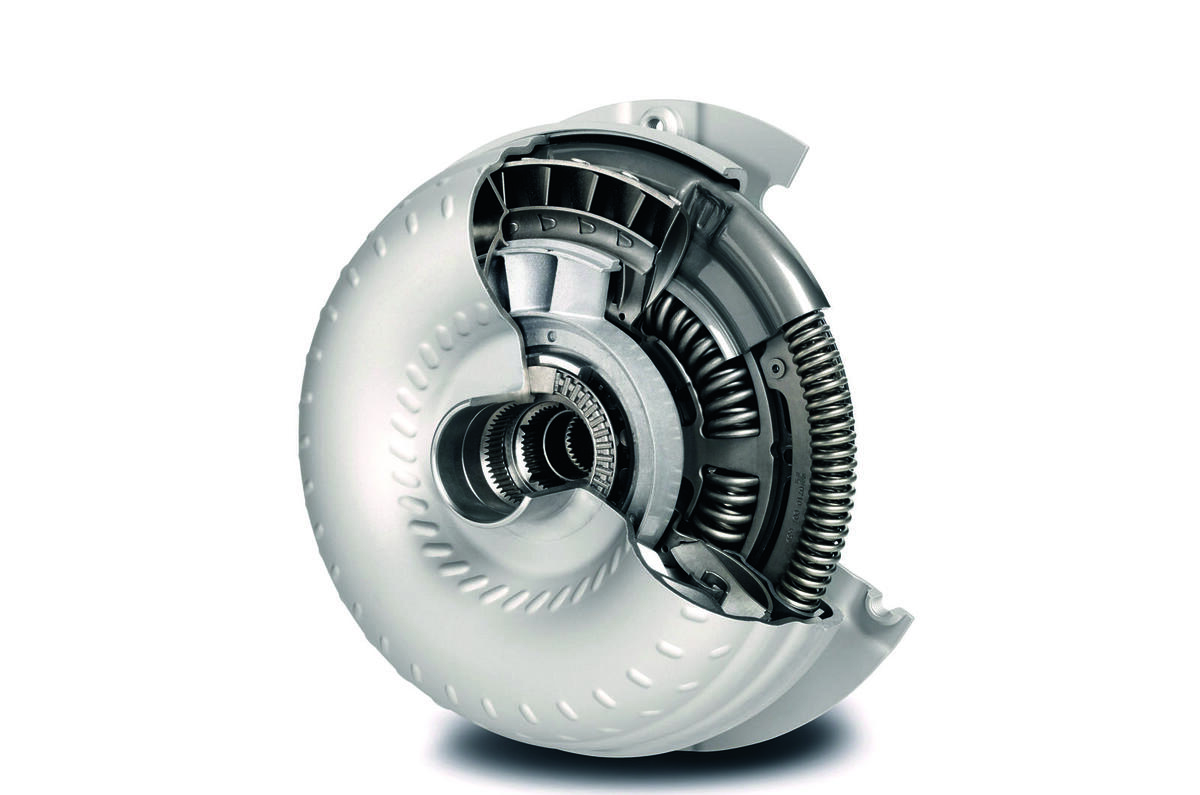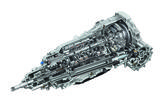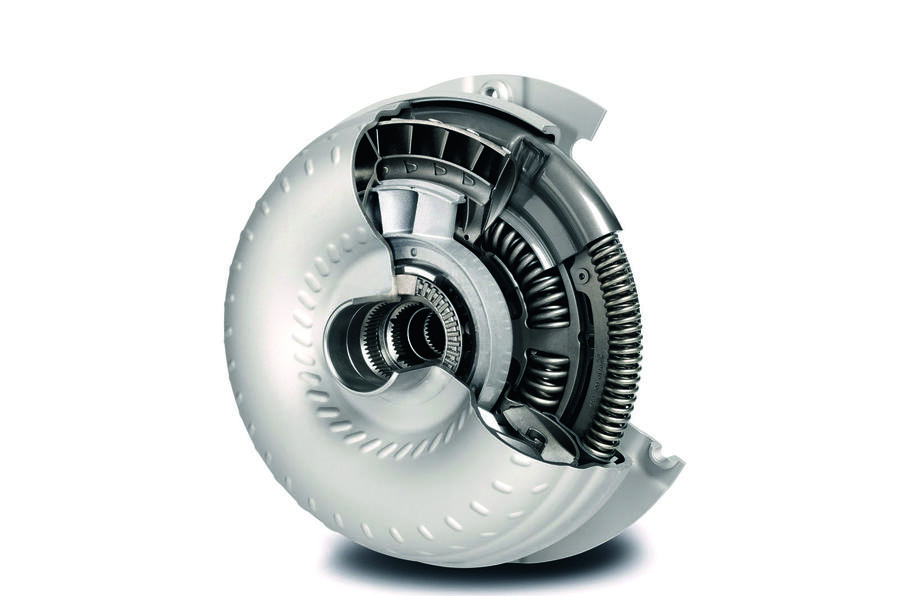A fair number of different automated transmissions have been tried over the years but the most successful and enduring has to be the torque-converter-based epicyclic gearbox. New kids on the block like DCT (dual-clutch transmission) and even grown-up variants of CVT (continuously variable transmission) have threatened to knock the world’s favourite auto from its pedestal, but none has succeeded yet.
That said, the classic automatic transmissions didn’t earn the moniker ‘slush ’boxes’ for nothing. The name derives from the ‘slushy’ response of early transmissions, which got people from A to B but were hardly rewarding to drive. Torque converters are fluid couplings that connect the engine to the transmission instead of a clutch. They look like large metal doughnuts but internally contain three main components plus automatic transmission fluid. The engine side is the impeller and on the transmission side is the turbine. Both contain blades and look similar to those you see in a jet engine when you’re climbing the steps to an aircraft.
The impeller flings the transmission fluid outwards through centrifugal force as engine revs build and into the turbine, which is forced to rotate, driving the transmission. The fluid is forced back to the centre of the impeller in a continuous cycle.
This isn’t the whole story, though, and there’s a third component that turns what would be an inefficient fluid coupling into the more effective torque converter. It’s called a stator (because it stays still) and sits between the impeller and turbine. The stator deflects the fluid on its return trip to the impeller slowing it down and, in doing so, multiplies the torque between the engine and transmission.
So far so good: when the car accelerates from rest, the torque converter delivers that satisfying slingshot feeling when you put your foot down. Once at cruising speed, though, the turbine (transmission side) can never quite keep up with the speed of the impeller (engine side), increasing fuel consumption and emissions. Once those things started to matter more, transmission designers added a lockup clutch to the torque converter to mechanically lock the two halves together at cruising speed.
Whereas the arrangement of the gears in a DCT gearbox resembles that of a manual, the inside of a traditional automatic transmission is quite different. Instead of gears arranged one above the other on shafts, autos traditionally use epicyclic (sun and planet) gearsets arranged one after the other in a line. Using clutches to control which way the torque is routed through each gearset creates different gear ratios. Adding more gearsets creates even more gear ratios, so three gearsets could deliver six forward speeds.









Join the debate
Add your comment
Torque converters are
Torque converters are inefficient piles of rubbish - their efficiency level is still as poor as it was years agao - modern torque converter slushmatics only achieve good figures cos theyve jammed more gears in, which increases weight, torque converters are rubbish and should be dropped in favour of something better and no amount of articles written by technical editors extolling their "virtues" will change this.
typos1 wrote:
Talking through your hole. The best torque converters today are right up there with any DCTs. And the latter are actually heavier than torque autos.
manicm wrote:
Theyre only "right up there with DCTs" as you put it, cos more gears have been stuffed in, torque converters are INEFFICIENT, this is a scientific fact and no amount of abuse and name calling will prevent this fact from being a fact. I never mentioned DCTs either. The latest "efficient" torque converter boxes are way heavier than 4 speed slushmatics from years ago, as I said, the ONLY reason they are efficient nowadays is cos they have double the number of gears. Oh and theyre also awful to drive, particularly when low speed manouvering, DCTs are rubbish at that too.
Its not a business to be
Its not a business to be investing in long term, eventually most things will be driven by electric motors that don't need a gearbox.
The Apprentice wrote:
The ICE engine is far from dead yet, so youre wrong as millions will be produed before the ICE dies, also electric cars can have their range increased by using a 2 speed gearbox (as Tesla did with its first roadster).
The most recent drive I've